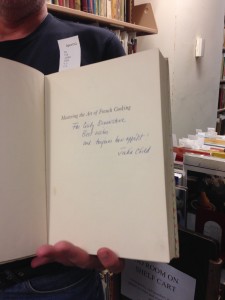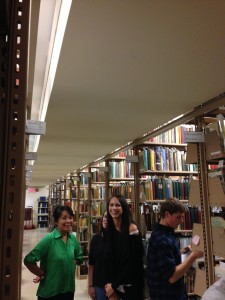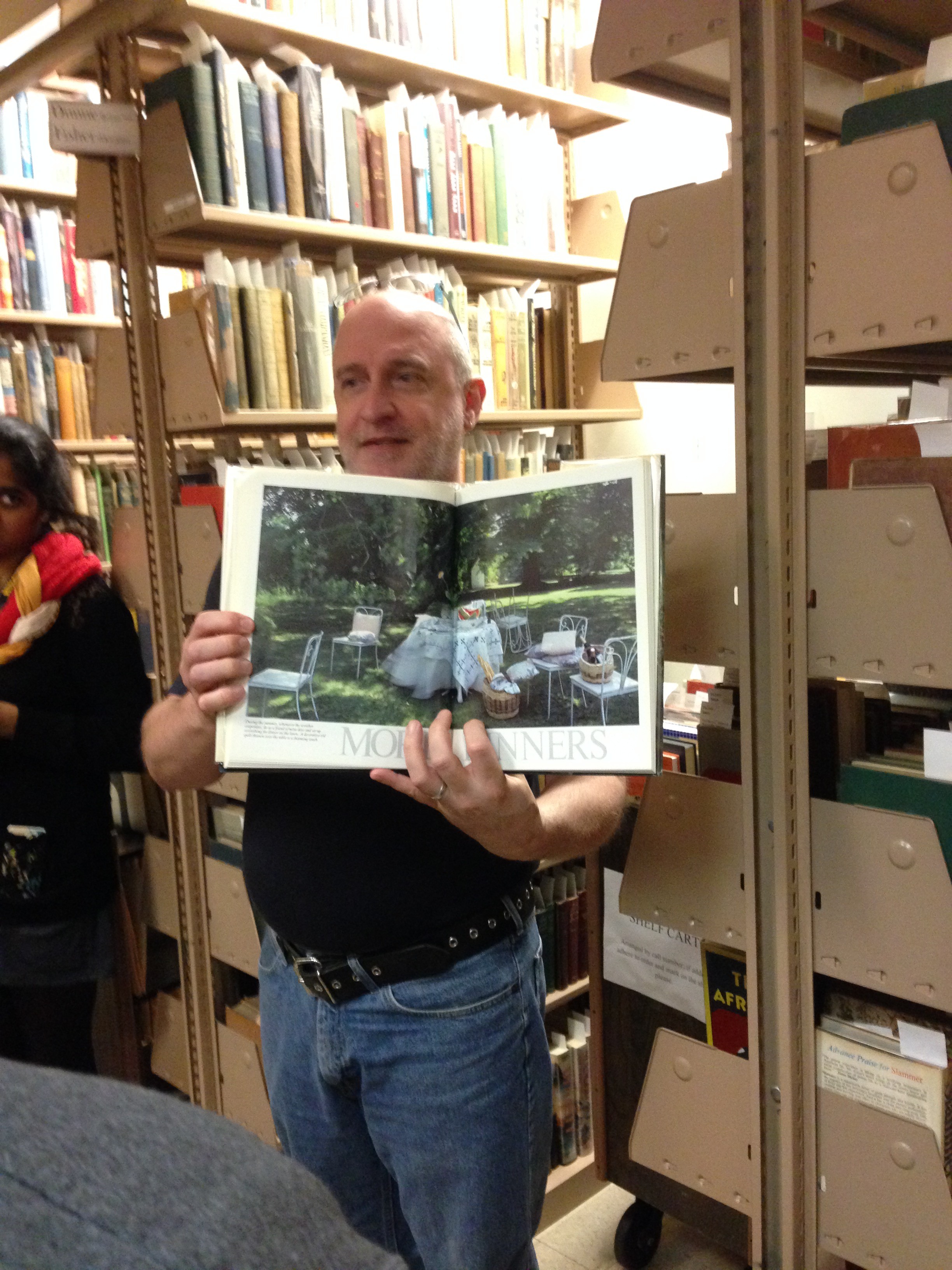In the back right corner of a minimally decorated room on the third floor of New York University’s Bobst Library is a door that opens a portal to a history nerd’s paradise. The dusty smell of aged books fills the nostrils and endless rows surround the narrow aisle in the middle of the crowded room. Walking single file is the only way to navigate and squeezing against the stacks is the only way to let someone pass.
This is the Marion Nestle Food Studies Collection, a smaller section of Fales Library and Special Collections. It began 11 years ago with the acquirement of late Associated Press food correspondent Cecily Brownstone’s personal collection, and remains one of the largest cookbook collections in the country.
Fales started as the personal collection of investment banker DeCoursey Fales. He donated it to NYU after being turned down by Harvard University in 1956. The collection has grown to house an approximate 360,000 volumes, 15,000 rare books, 8,000 papyrus books and two cuneiform tablets. Twenty-five thousand volumes are located on site.
The Food Studies Collection has over 60,000 volumes and Fales director Marvin Taylor explained what makes it special.
- Brownstone began it because cookbook collections in libraries at the time were nonexistent. Some volumes date back before the 20th century.
- The collection is home to a first edition of what Taylor called the “Bible of American cooking,” otherwise known as “The Joy of Cooking.” It was published in 1931 and was a game-changer during the Great Depression when middle class women lost their cooks and had to learn how to use the kitchen.
 Brownstone traveled the world and picked up other rare gems, like a first edition of “Mastering the Art of French Cooking,” published in 1961 and signed by Julia Child.
Brownstone traveled the world and picked up other rare gems, like a first edition of “Mastering the Art of French Cooking,” published in 1961 and signed by Julia Child.
- The collection has an expansive number of books on specific cuisines or parts of the world because Brownstone was particularly interested in regional cuisine. Books range from Hindu and religious cooking to popular San Francisco dishes.
- Cookbooks used to be more than step-by-step recipes. Narrative books told recipes as stories, sometimes including a cast of characters. Some books were designed for new brides and advised them on “how to keep a man.” Lifestyle books had recipes along with sewing tips and home remedies for cuts and bruises.

Fales is closed to the public and only available by appointment at least 48 hours in advance.

